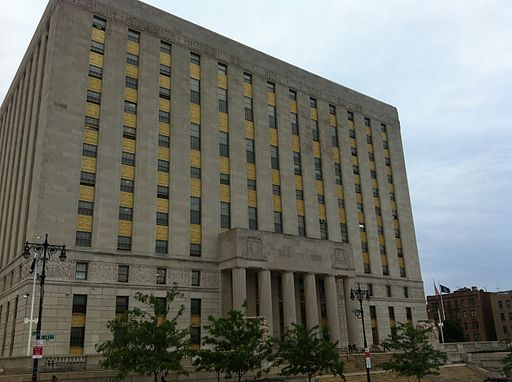 {Read in 5 minutes} In my previous post, I wrote about the impact an impending Supreme Court decision may have on employee protections — particularly LGBT employees. The issue is whether or not sex discrimination as prohibited by Title VII includes sexual orientation or gender identity protections for employees. While the Equal Employment Opportunity Commission (EEOC) has consistently found that it does, District and Circuit Courts have differed on the matter, and the Supreme Court will rule on the issue in their next term.
{Read in 5 minutes} In my previous post, I wrote about the impact an impending Supreme Court decision may have on employee protections — particularly LGBT employees. The issue is whether or not sex discrimination as prohibited by Title VII includes sexual orientation or gender identity protections for employees. While the Equal Employment Opportunity Commission (EEOC) has consistently found that it does, District and Circuit Courts have differed on the matter, and the Supreme Court will rule on the issue in their next term.
To better understand the ruling, it’s necessary to get better acquainted with the EEOC.
On occasion, the EEOC can be a Plaintiff in a lawsuit filed against an employer. As an organization, the EEOC will first investigate a case assuming that sexual orientation or gender identity is covered by Title VII. If the EEOC determines there is cause to believe an employer has violated Title VII, the EEOC will issue a determination and provide the employer with these two options:
- To settle with the EEOC and resolve the case, or
- Elect to not resolve the case.
If the employer does not wish to resolve the case directly with the EEOC (or the charging parties involved), the EEOC can then choose to (1) issue a “Right to Sue” letter to the employee(s) who made the complaint or (2) bring its own legal action against the company, which they often do.
Many of the actions brought by the EEOC in federal district court make their way to Circuit Appeals courts and even up to the Supreme Court. As these EEOC cases make their way to the Circuit Court of Appeals, different appeals courts make conflicting decisions.
As an example, you can have two employees facing the same type of discrimination, but depending on where they live and work in the country, the circuit court in one place (which becomes the law of the land for that geographic area) may rule differently then a circuit court in another part of the country.
So while the EEOC may consistently hold that sexual orientation and gender identity are protected throughout the country, Circuit Courts may find differently in different parts of the country creating this split among the circuits which can lead to Supreme Court involvement. When the Supreme Court does take up such a split, they can take one of three actions:
- Remand the case back down to district court because it made an error that can be fixed.
- Issue a firm decision holding that Title VII does include sexual orientation.
- Issue a firm decision holding that Title VII does not include sexual orientation.
If the Supreme Court decision is favorable, it would then become the law of the land in every single federal court, thereby eliminating the circuit splits. If their decision is not favorable, then it does not become the law and the EEOC can continue to investigate claims of sexual orientation discrimination the way that they traditionally have. However, EEOC findings of sexual orientation discrimination would likely lead to court proceedings where district courts will be forced to follow the Supreme Court’s decision.
Oftentimes the Supreme Court will come down and focus more on an individual issue, and may not create a bright-line law that will produce predictable and consistent results in its application. If that happens, we go back to having the same circuit splits and disputes that we have now.
The EEOC is somewhat autonomous. They can proceed with the belief that sexual orientation and gender identity are covered by Title VII, even though many district courts and federal courts in the same state disagree with that notion. The EEOC does not report to these courts as an investigatory body. It only comes into play once the case makes its way into court.
If the EEOC is party to the case, those district courts may rule against workers, saying the EEOC is wrong and sexual orientation is not covered by sex discrimination, and the EEOC can continue to interpret things the way they want to interpret them. But if the Supreme Court comes clearly holds that Title VII does not cover sexual orientation discrimination, then it would be somewhat of a wasted effort. Employers will just never resolve the case because they know they have an upper hand and will say, “Go ahead and take me to court because you’re gonna lose. The Supreme Court has ruled on this issue.”
Indeed, an adverse ruling would set back a lot of work and progress that has been made so far by the EEOC, which has been at the forefront of this issue for years.
James A. Vagnini
Partner
email: [email protected]







